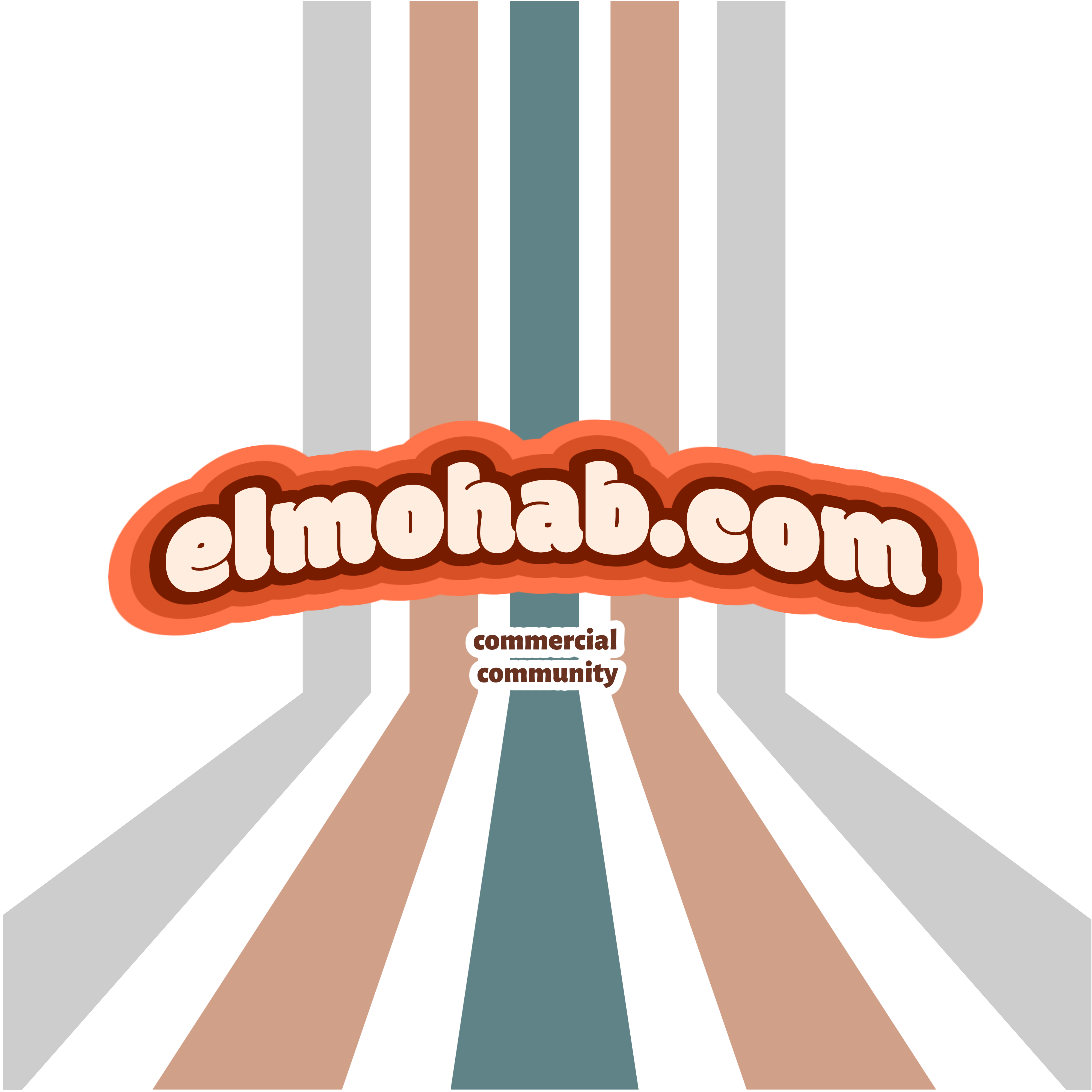Zinc is widely regarded as one of the most adaptable metals for die casting. When compared to other die cast metals like aluminum or magnesium, it offers greater precision while simultaneously reducing the costs associated with the tooling. Die die casting in zinc provides an extensive range of excellent physical and mechanical properties, finishing characteristics, and casting services ease, in addition to being one of the best options available.
The Many Benefits of Utilizing Zinc
Zinc's ability to cut down on the expenses associated with tooling is one of the metal's most significant benefits. Because aluminum die castings tooling is typically a significant cost factor, it is essential to seek out cost-cutting opportunities wherever they may be found. As a result of zinc's low melting temperature, dies for zinc die custom die casting can last up to ten times longer than those used for aluminum die aluminum die casting and approximately five times longer than those used for magnesium die casting. This results in fewer needed repairs, shorter periods of downtime, and increased output of parts over the course of the tool's lifetime. Small parts made of zinc can be cast using the high-speed 4-slide miniature zinc die zinc alloy die casting supplier process, which, in comparison to die casting defects causes and solutions processes utilizing aluminum or magnesium, enables upfront tooling costs to be significantly reduced. Please visit this link for further information regarding that procedure.
Among the many benefits of zinc die alloy die casting company are the following:
Increased durability of the tools used
Less expensive tooling (particularly in the event that it is possible to use the miniature zinc die aluminum casting factory process).
The ability to cast near net-shaped complex geometries with thinner walls and less draft angle than castings produced with other metals results in a reduction in the amount of machine features that are necessary.
Excellent harmony between its mechanical and physical properties, including a higher yield strength and elongation than either magnesium or aluminum.
In comparison to aluminum, it has a good capacity to dampen vibrations.
A diverse selection of possible coatings and sheens
Reduced amount of time spent producing
Zinc's diverse range of applications and industries is a direct result of the numerous benefits that the metal provides.
The Process of Die Casting with Zinc
A technique known as fast-cycling hot chamber die zinc alloy die casting supplier is used to cast zinc. This technique makes use of a component known as a gooseneck, which is immersed in a furnace that is full of molten metal. The gooseneck has a hole in it, and that hole allows metal to enter the shot chamber automatically. The hole is then sealed by a vertical plunger, which also applies high pressure to force the metal into the back of the die. The part solidifies very quickly (within a few seconds), and the tool then ejects the part from the machine.
When additional strength and greater resistance to creep are necessities, ZA-8 is frequently the material of choice.
Junying is able to produce zinc parts ranging in size from miniature to over 20 inches in length thanks to their diverse machine sizes, which go up to a maximum of 500 tons of locking force.
You can review your project with a die cast engineer by contacting Chicago White Metal here or going to the page on our website where you can request a quote.
Alloys made of zincYou can get it at Junying.
Zamak No. 3 and ZA-8 are both types of zinc alloys that can be cast by Junying. Both are capable of China die casting manufacturer intricate details at high production rates while maintaining tight dimensional tolerances.
Die die casting defects causes and solutions utilizes Zamak 3 more than any other zinc alloy because of its superior castability and excellent finishing characteristics. This is the primary reason for its widespread use. Because of its excellent elongation properties, Zamak #3 can easily be crimped or swaged to connect to other components.
